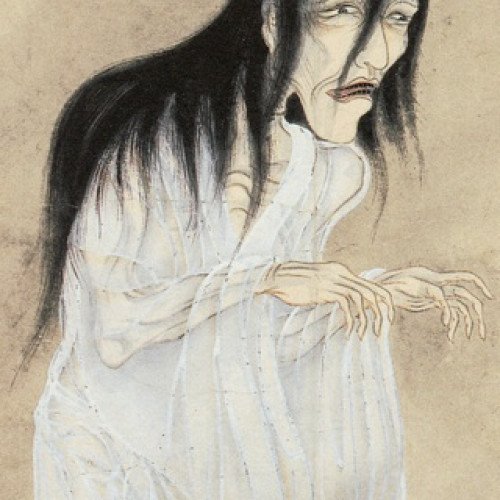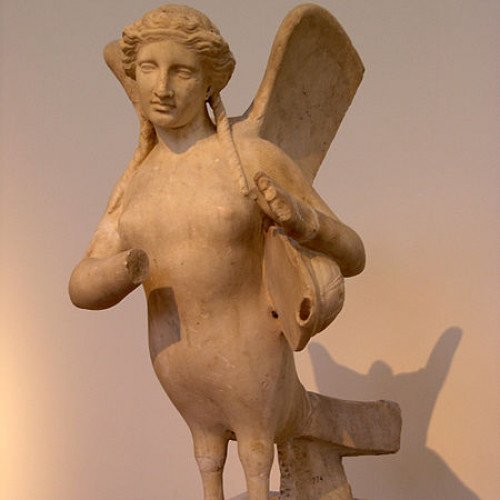Ghost VS Siren (mythology)

Ghost
In folklore, a ghost is the soul or spirit of a dead person or animal that can appear to the living. In ghostlore, descriptions of ghosts vary widely from an invisible presence to translucent or barely visible wispy shapes, to realistic, lifelike forms. The deliberate attempt to contact the spirit of a deceased person is known as necromancy, or in spiritism as a séance. Other terms associated with it are apparition, haunt, phantom, poltergeist, shade, specter or spectre, spirit, spook, and wraith. The belief in the existence of an afterlife, as well as manifestations of the spirits of the dead, is widespread, dating back to animism or ancestor worship in pre-literate cultures. Certain religious practices—funeral rites, exorcisms, and some practices of spiritualism and ritual magic—are specifically designed to rest the spirits of the dead. Ghosts are generally described as solitary, human-like essences, though stories of ghostly armies and the ghosts of animals rather than humans have also been recounted. They are believed to haunt particular locations, objects, or people they were associated with in life. According to a 2009 study by the Pew Research Center, 18% of Americans say they have seen a ghost.The overwhelming consensus of science is that there is no proof that ghosts exist. Their existence is impossible to falsify, and ghost hunting has been classified as pseudoscience. Despite centuries of investigation, there is no scientific evidence that any location is inhabited by spirits of the dead. Historically, certain toxic and psychoactive plants (such as datura and hyoscyamus niger), whose use has long been associated with necromancy and the underworld, have been shown to contain anticholinergic compounds that are pharmacologically linked to dementia (specifically DLB) as well as histological patterns of neurodegeneration. Recent research has indicated that ghost sightings may be related to degenerative brain diseases such as Alzheimer's disease. Common prescription medication and over-the-counter drugs (such as sleep aids) may also, in rare instances, cause ghost-like hallucinations, particularly zolpidem and diphenhydramine. Older reports linked carbon monoxide poisoning to ghost-like hallucinations.In folklore studies, ghosts fall within the motif index designation E200-E599 ("Ghosts and other revenants").
Statistics for this Xoptio

Siren (mythology)
In Greek mythology, the Sirens (Greek singular: Σειρήν, Seirḗn; Greek plural: Σειρῆνες, Seirênes) were dangerous creatures, who lured nearby sailors with their enchanting music and singing voices to shipwreck on the rocky coast of their island. Roman poets placed them on some small islands called Sirenum scopuli. In some later, rationalized traditions, the literal geography of the "flowery" island of Anthemoessa, or Anthemusa, is fixed: sometimes on Cape Pelorum and at others in the islands known as the Sirenuse, near Paestum, or in Capreae. All such locations were surrounded by cliffs and rocks. According to the Greek Neoplatonist philosopher Proclus, Plato said there were three kinds of Sirens: the celestial, the generative, and the purificatory / cathartic. The first were under the government of Zeus, the second under that of Poseidon, and the third of Hades. When the soul is in heaven the Sirens seek, by harmonic motion, to unite it to the divine life of the celestial host; and when in Hades, to conform the soul to eternal infernal regimen; but when on earth their only job to "produce generation, of which the sea is emblematic".